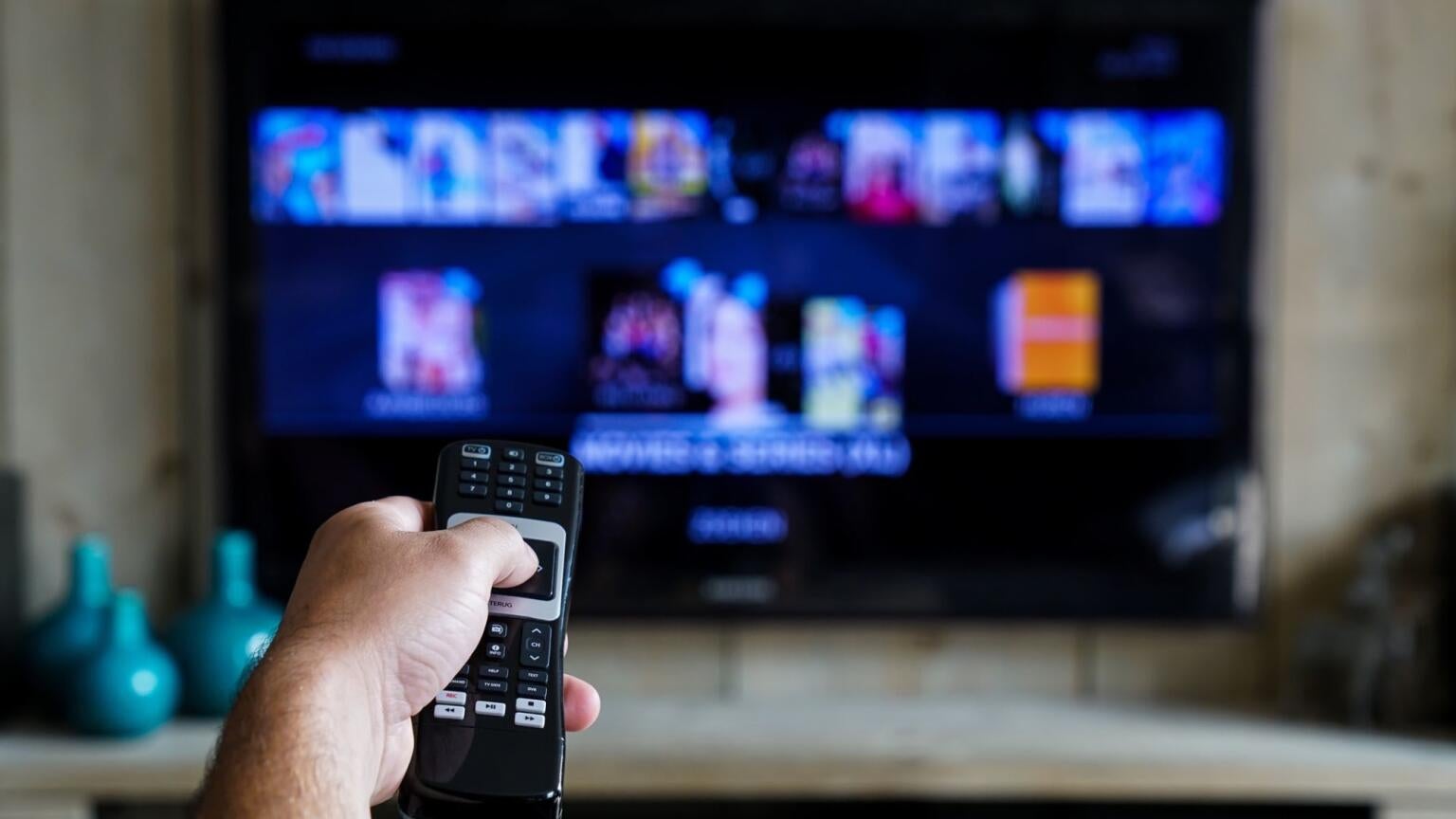
Broadcast television may feel antiquated to some, but watching TV over an antenna continues to maintain a sizeable following. Not only is over-the-air (OTA) programming maintaining a foothold in terms of overall viewership, but those particular cord-cutters are supplementing their traditional TV experience with streaming services far more than their cable-cluttered counterparts, according to Nielsen.
In a recent article, Nielsen established that OTA viewers are turning to over-the-top (OTT) sources for additional content instead of choosing cable or satellite. Access to local shows, news and sports are all generally available from OTA sources, and those looking for less-expensive ways to watch their favorite shows can simply access broadcasts for the one-time cost of a digital antenna.
But as these households yearn for more content, they are modifying their viewership to include streamers. Nielsen’s data indicates that broadcast TV viewership is down across the board, but even more so in OTA households. This means that even in homes where broadcast TV is free via antenna, there is even more desire for streaming content than those preferring other platforms. As such, they are looking to OTT services that bypass cable, satellite, or antenna transmission to add streaming content to their media consumption.

This news shouldn’t come as a shock since an exclusively OTA audience will have far fewer options than cable viewers. However, with access to broadcast shows, news, and sports, such viewers would have little impetus to select a service that provides content that they are already getting for free. A recent Nielsen study indicates that about 80% of English-speaking audiences have subscribed to at least one streamer along with OTA, while OTA viewers watch broadcast content at an average of 50% less than those with cable, at 125 minutes per day vs 250 minutes respectively.
Cost seems to be a presiding factor for many OTA viewers. While the shift toward streaming is evident, it is not always moving in a subscriber-based direction. An average of 50% of OTA and streaming watchers choose ad-supported content, twice as many as those already subscribed to a cable or satellite platform. Again this makes sense, as it allows cord-cutters more interested in financial planning to watch the content they prefer while staying within a $100 per month TV programming budget.
Data points to several interesting conclusions: Firstly, cord-cutting is becoming a more popular alternative to cable and satellite as OTA and OTT bundling proves a sufficient source for media consumption.
Secondly, consumers continue to gravitate towards streaming content as variety and accessibility continue to bring in new subscribers.
Finally, and most importantly, broadcast TV remains to be a major driver for consumers. Last year, local, national, and worldwide news and sports were the most-watched programs. This provides opportunities for broadcasters to leverage a larger subscriber base by offering the kinds of content that viewers are yearning for but at price points that companies know their customers want.